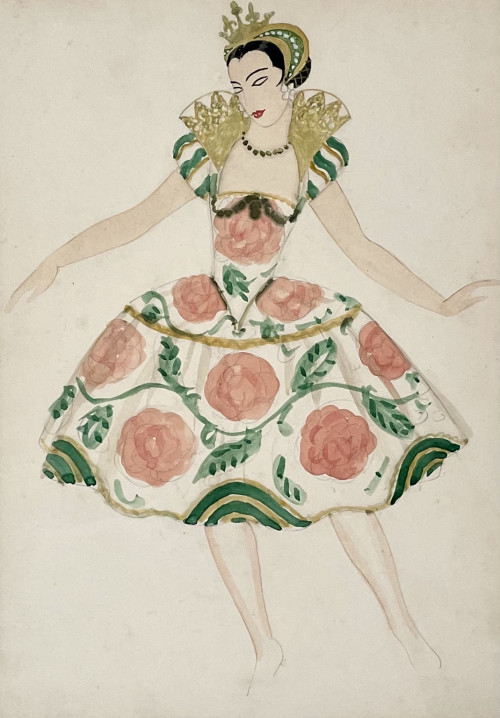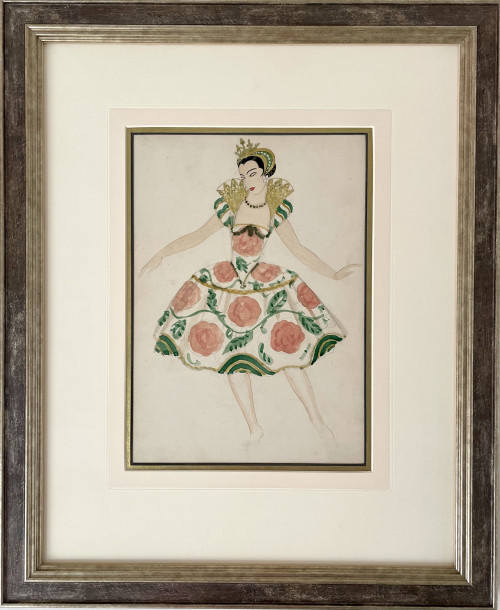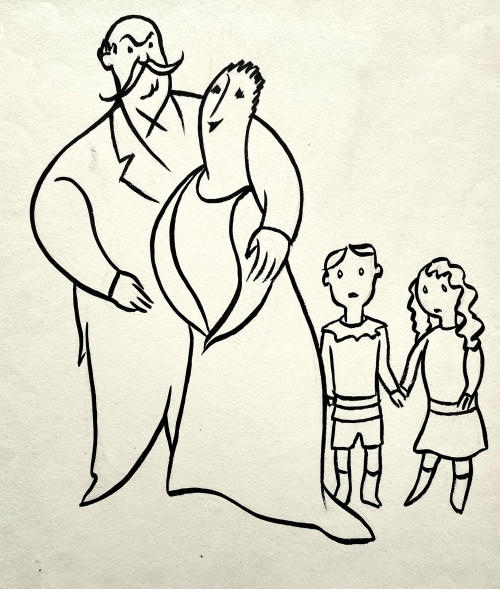- HOME
-
- View All Items
- New Arrivals
- Featured Items
- Artists
-
- View All
- Contemporary
- Birmingham School
- Cotswold Group
- Landscape
- Urban Townscape
- Abstract
- Animals/Birds
- Arts & Crafts
- British Impressionist
- Botanical
- Design/Industrial
- Fantasy/Fairy Subjects
- Female Artists
- Figurative
- Historical
- Illustration/Cartoon
- Marine
- Military/War Artist
- Modern British
- Pre-raphaelite/ Romantic/ Aesthetic
- Nude
- Portrait
- Prints
- Scottish
- Sculpture
- Sporting
- Still Life
- Theatrical
- Interiors/Architectural
-
ARCHIVE
Genre
- View All
- Contemporary
- Birmingham School
- Cotswold Group
- Landscape
- Urban Townscape
- Abstract
- Animals/Birds
- Arts & Crafts
- British Impressionist
- Botanical
- Design/Industrial
- Fantasy/Fairy Subjects
- Female Artists
- Figurative
- Historical
- Illustration/Cartoon
- Marine
- Military/War Artist
- Modern British
- Pre-raphaelite/ Romantic/ Aesthetic
- Nude
- Portrait
- Prints
- Scottish
- Sculpture
- Sporting
- Still Life
- Theatrical
- Interiors/Architectural
- ARTISTS
- Online Exhibitions
- Events
- About
- Contact
- Home
- Medium
- Watercolour & Drawing
- Arthur Wardle - Common Fleabane
Arthur Wardle - Common Fleabane
Arthur Wardle - Common Fleabane
CG
ARTHUR WARDLE
(1864-1949)
Common Fleabane
Signed
Watercolour and bodycolour on linen
29 by 17.5 cm., 11 ½ by 7 in.
(frame size 49 by 36.5 cm., 19 ¼ by 14 ¼ in.)
Arthur Wardle was born in London. He first exhibited at the Royal Academy in 1880 when he was aged only 16 and thereafter was a regular and frequent exhibitor there and at many other London and provincial venues. His early work seemed to concentrate on landscape and rustic scenes but from the 1890s the began to explore the subject matter for which he was to become so famous, namely domestic and wild animals, and big cats in particular. He soon established a reputation for exhibiting large mythological and dramatic subjects which gave him the opportunity to include lions, tigers, leopards and occasionally even polar bears. As Wardle lived in St John’s Wood he was close to London Zoo, which provided him with the chance to study his subjects closely. As a regular visitor to the zoo he made numerous sketches that he would then use to work on in the large canvases in his studio.
His large mythological canvases would frequently include botanical elements such as the dog roses in A Fairy Tale (1895, private collection), the irises in The Enchantress (1901, National Museum of Wildlife, USA), the many poppies in A Sylvan God (1906, Auckland Art Gallery). Wardle would have also visited botanical gardens to make some of his beautiful floral studies.
Thank you for your enquiry.
We will get back to you soon.
Please create wishlist to add this item to
RELATED ITEMS



















